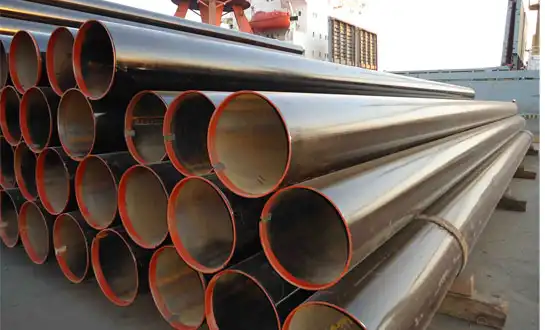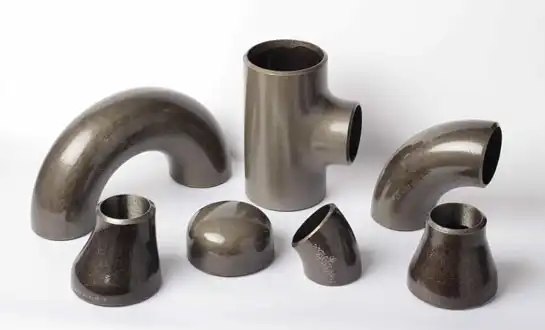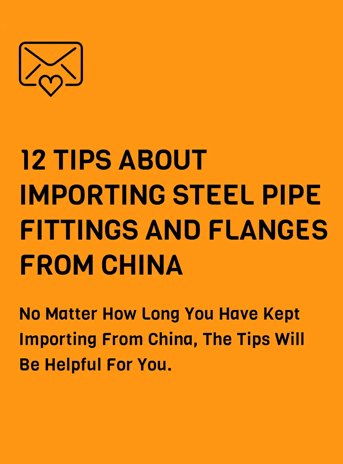The Role of Pipe Fabrication in Industrial Construction
Pipe fabrication serves as the backbone of modern industrial construction, transforming raw materials into precisely engineered systems that power facilities across energy, chemical, and manufacturing sectors. This specialized process involves cutting, bending, welding, and assembling industrial pipe components into customized configurations that meet exact project specifications. From oil refineries to power plants, properly fabricated piping systems ensure safe, efficient transport of liquids, gases, and slurries under extreme pressures and temperatures. The quality of pipe fabrication directly impacts operational reliability, maintenance costs, and safety performance throughout a facility's lifecycle. This article examines how advanced fabrication techniques, material selection, and quality control measures combine to create durable piping networks that form the circulatory system of industrial operations.
Essential Pipe Fabrication Processes
Precision Cutting and Beveling Techniques
Modern pipe fabrication begins with computer-controlled cutting processes that ensure millimeter-perfect dimensions for all industrial pipe components. Plasma cutting, laser cutting, and abrasive waterjet technologies create clean edges that require minimal post-processing. For welded joints, precision beveling machines prepare pipe ends with exact angle cuts (typically 30-37.5 degrees) to optimize weld penetration and strength. These prepared edges are particularly critical for high-pressure systems where joint integrity is paramount. Fabrication shops employ advanced measuring systems to verify each cut component matches isometric drawings before progressing to assembly. The cutting phase also includes creating necessary openings for branch connections, ensuring proper flow characteristics are maintained throughout the piping system. This attention to dimensional accuracy at the initial stage prevents costly fit-up issues during later assembly.
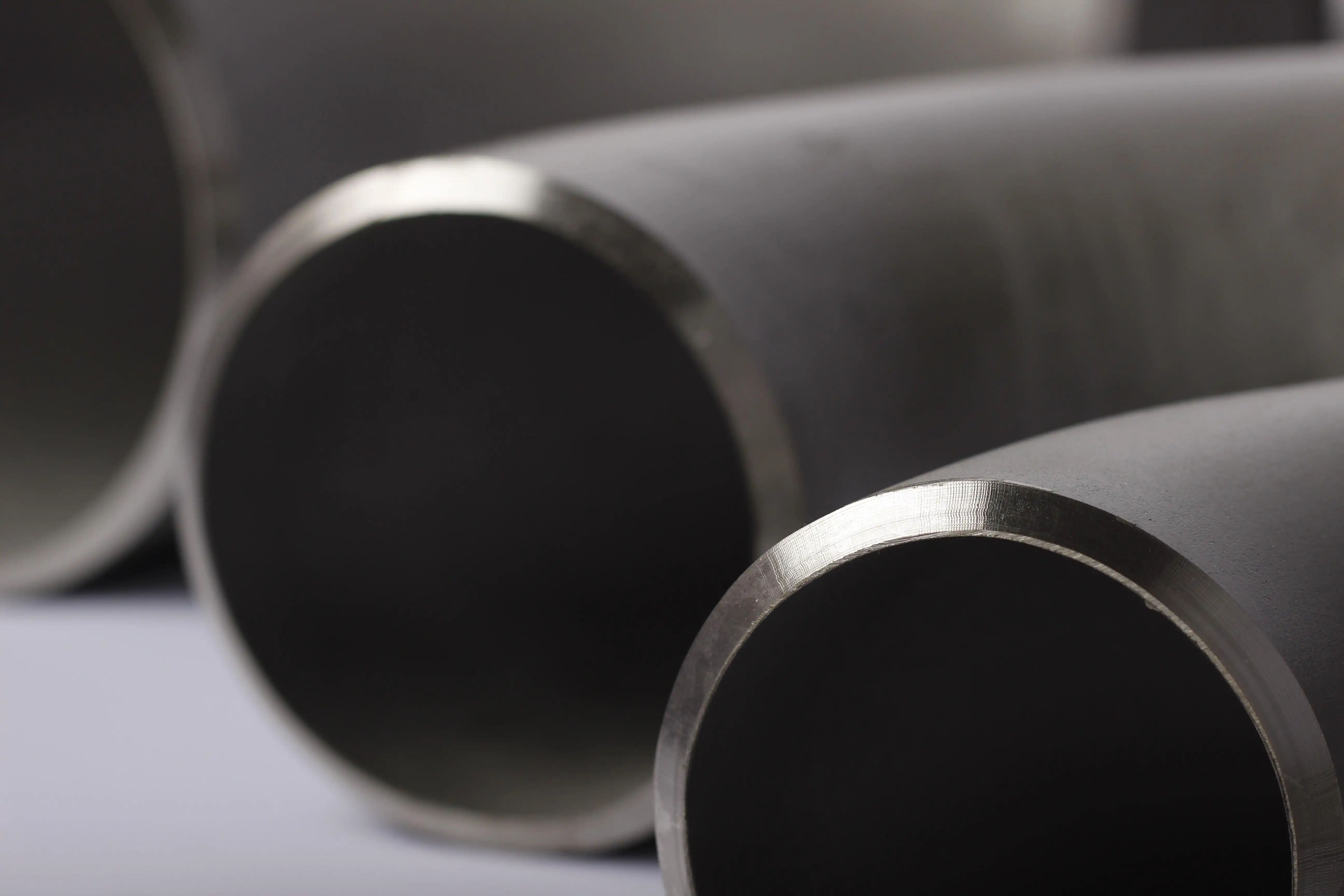
Forming and Bending Operations
Pipe bending transforms straight industrial pipe components into complex geometries that navigate around obstacles and optimize flow paths. Induction bending and rotary draw bending methods allow precise deformation without compromising wall thickness or creating wrinkles. Cold bending processes maintain material properties for most applications, while hot bending is employed for thick-walled pipes or tight radius requirements. Fabricators use sophisticated mandrel bending techniques to preserve the pipe's internal diameter through bends, crucial for maintaining flow efficiency in process piping. Each bent section undergoes rigorous inspection for ovality and wall thinning to ensure it meets ASME B31.3 and other applicable codes. Proper bending reduces the need for additional fittings, minimizing potential leak points while creating more efficient piping layouts. These formed components often represent the most visible evidence of skilled pipe fabrication in completed industrial facilities.
Welding and Joint Preparation
The welding phase transforms individual industrial pipe components into integrated systems capable of withstanding decades of service. Qualified welders perform procedures according to Welding Procedure Specifications (WPS) that have been rigorously tested and certified. For critical applications, orbital welding machines deliver consistent, high-quality welds with minimal human intervention. Fabrication shops employ various non-destructive testing (NDT) methods including radiography, ultrasonic testing, and dye penetrant inspection to verify weld integrity. Post-weld heat treatment (PWHT) relieves residual stresses in alloy steel components, restoring material properties affected by the welding process. Each welded joint is carefully documented with unique identifiers that allow traceability throughout the facility's operational life. The quality of these welded connections often determines the overall reliability of the piping system, making this phase of fabrication particularly crucial for industrial applications.
Material Selection and Customization
Choosing Appropriate Pipe Materials
Selecting the optimal materials for industrial pipe components requires balancing mechanical properties, corrosion resistance, and cost considerations. Carbon steel (ASTM A106/A53) remains the workhorse for general service applications due to its strength and affordability. Stainless steel (ASTM A312) grades are specified for corrosive services in chemical and food processing plants. For high-temperature applications like power plant steam lines, chromium-molybdenum alloy steels (ASTM A335) provide necessary creep resistance. Fabricators work closely with engineers to select materials that will withstand specific process fluids, temperatures, and pressures while meeting project budgets. Material traceability is maintained from mill test certificates through final installation, with chemical composition and mechanical properties verified at multiple stages. Specialized coatings and linings can further enhance material performance for challenging services like abrasive slurries or ultra-pure chemicals.

Custom Fabrication for Specialized Applications
Many industrial facilities require custom-designed pipe components that address unique spatial constraints or process requirements. Fabrication shops create specialized reducers, tees, and headers that optimize flow distribution in complex systems. Large-diameter fabricated pipe spools with multiple connections are common in refinery and petrochemical applications. Custom supports and anchors are integrated into pipe designs to accommodate thermal expansion and seismic movements. For offshore platforms, fabricators create robust piping assemblies that withstand wave-induced motions and saltwater exposure. The pharmaceutical industry demands ultra-clean fabricated components with electropolished surfaces and sanitary connections. These custom solutions demonstrate how pipe fabrication bridges the gap between standard components and real-world installation requirements, often becoming the differentiating factor in system performance.
Modularization and Pre-Assembly Benefits
Modern pipe fabrication increasingly employs modular construction techniques where entire piping systems are pre-assembled in controlled shop environments. These pipe racks and skid-mounted assemblies integrate multiple industrial pipe components with valves, instruments, and supports before shipment to site. Modular fabrication improves quality control by allowing thorough testing of complete systems under shop conditions. It significantly reduces field labor hours and associated safety risks by minimizing work at elevated heights or confined spaces. Large modules can be stress-relieved as complete units, ensuring optimal metallurgical properties before installation. This approach also enables concurrent construction activities, with foundation work progressing simultaneously with pipe fabrication. The precision achievable in shop environments often results in better alignment and fit-up than field fabrication, reducing startup issues and warranty claims.
Quality Control and Industry Standards
Dimensional Verification and Tolerances
Maintaining strict dimensional accuracy throughout fabrication ensures proper fit-up during field installation. Fabrication shops employ coordinate measuring machines (CMM) and laser scanning to verify industrial pipe components against 3D models. ASME B31.3 establishes acceptable tolerances for parameters like pipe straightness, flange face parallelism, and nozzle orientation. Sophisticated jigging systems hold components in precise alignment during welding to prevent distortion. For modular assemblies, interface points are carefully measured to ensure they will mate correctly with other plant components. These quality checks prevent costly field rework and help maintain construction schedules. Digital as-built documentation captures all dimensional data for future reference during maintenance and expansion projects.
Non-Destructive Examination Methods
Comprehensive NDT protocols verify the integrity of industrial pipe components without compromising their structure. Radiographic testing (RT) reveals internal weld defects like lack of fusion or slag inclusions. Ultrasonic testing (UT) measures wall thickness and detects subsurface anomalies in both base metal and welds. Liquid penetrant testing (PT) identifies surface-breaking cracks in non-ferrous materials. The extent of examination is determined by the piping class with critical services requiring 100% examination of all welds. Qualified NDT technicians follow written procedures that meet ASME Section V requirements, with results documented for regulatory compliance. Advanced phased array ultrasonic testing (PAUT) provides more detailed imaging of potential flaws, particularly in thick-walled components. These rigorous examination methods provide assurance that fabricated systems will perform reliably throughout their design life.
Compliance with International Codes
Industrial pipe components must conform to numerous international standards that govern design, materials, and fabrication practices. ASME B31.3 establishes requirements for process piping in petroleum and chemical facilities. API 570 covers inspection and repair of in-service piping systems. European projects often follow EN 13480 standards for industrial piping. Fabrication shops maintain certifications demonstrating their ability to work to these codes, with regular audits by authorized inspection agencies. Welding procedures and welder qualifications are documented according to ASME Section IX requirements. Pressure testing verifies system integrity at levels exceeding normal operating conditions. Material certifications trace each component back to its original mill test reports. This comprehensive compliance framework ensures fabricated piping systems meet all safety and performance expectations for industrial applications.
Conclusion
Pipe fabrication transforms raw materials into precisely engineered systems that form the vital arteries of industrial facilities. Through advanced processes, material expertise, and rigorous quality control, fabricators create industrial pipe components that deliver decades of reliable service under challenging operating conditions. The craftsmanship and engineering embodied in these systems directly contribute to operational safety, efficiency, and profitability across industries.
Your Trusted Partner for Quality Pipe Fabrication
At HEBEI RAYOUNG PIPELINE TECHNOLOGY CO., LTD, we combine decades of expertise with state-of-the-art technology to deliver superior industrial pipe components for your most demanding projects. Our ISO 9001:2015 certified fabrication processes ensure every component meets exacting quality standards from material selection through final inspection. Whether you require standard fittings or custom-engineered solutions, our team stands ready to support your project with technical expertise and reliable delivery. Contact us today at info@hb-steel.com to discuss how our pipe fabrication capabilities can contribute to your next industrial construction success.
References
1. ASME B31.3 - Process Piping
2. API 570 - Piping Inspection Code
3. ASME Section IX - Welding and Brazing Qualifications
4. EN 13480 - Metallic Industrial Piping
5. ASTM A960 - Standard Specification for Common Requirements for Wrought Steel Piping Fittings
6. AWS D1.1 - Structural Welding Code - Steel

Need a quote? Want to see samples? Just say hello. We’re friendly. We’re fast. And we’re ready when you are.
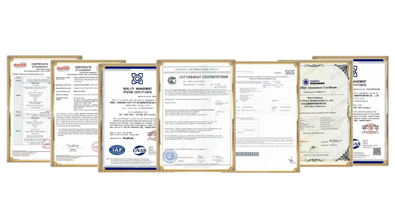
Welcome to RAYOUNG – Strong Pipes, Stronger Promise
